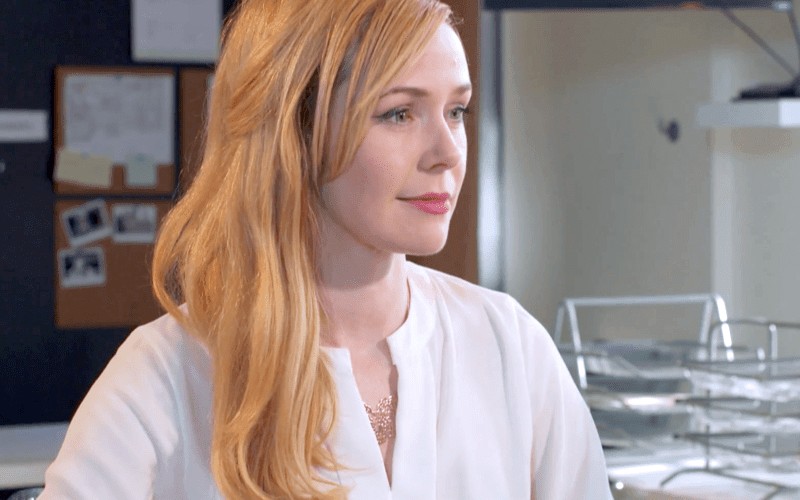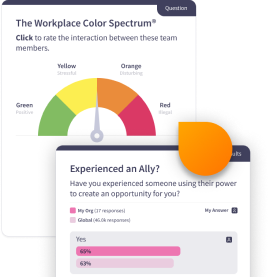
Recognize and Prevent Implicit Bias at Work
Course Video Preview
A manager unconsciously assigns an employee as their personal assistant just because she is organized. Leaving the team member feel they can't share their own ideas.In the workplace, explicit and implicit biases exert their influence on a daily basis. These subtle biases operate unconsciously, aiding in quick decision-making. However, they can wield an unjust impact on our perceptions of others, often without accurate information or proper context. Unconscious biases present significant challenges in recruitment and other pivotal decision-making processes, with consequences ranging from mild to severe. These biases give rise to inequities in the way we perceive and interact with colleagues of different races, ethnicities, genders, sexual orientations, and other characteristics.
Unconscious biases have the potential to influence promotions, task assignments, after-hours activities, and various other day-to-day business operations. It is important to base judgments on tangible actions, words, and accomplishments rather than on unconscious assumptions.
Course DescriptionGain an in-depth understanding of unconscious bias and its impact on your organization with our online Unconscious Bias training program. Our course helps employees recognize their unconscious biases and how they can lead to biased and discriminatory decisions and behaviors toward others.
We equip learners with the tools to make better people decisions, essential for building inclusion in the workplace. This introductory course serves as a baseline measurement for employees' inclusion skills and precedes our inclusion skill-building lessons. Start your journey towards creating a more diverse and inclusive workplace today with our Unconscious Bias training program.
Key Concepts- How unconscious bias influences our decisions and actions.
- For employees, common examples of behaviors that help some people and hinder others, including how tasks are assigned and who gets heard in meetings.
- For managers, guidance on who gets recruited and hired and who gets recognized and advanced.
- The importance of awareness of different perspectives and empathy for others.
- How to spot mistaken assumptions and missed opportunities in daily interactions.
- Practical strategies to minimize the impact of unconscious bias and how to recognize and set aside old patterns to become more inclusive.
- A new method for minimizing unconscious bias: The Two Gear Method, which teaches employees how and when to slow down and use the Big Gear of critical thinking versus allowing fast, intuitive assumptive thinking (Little Gear)
Course Features
- Access to our Anonymous Ask the Expert tool
- Rich video scenarios based on real-world events
- Built-in employee sentiment surveys
- 50+ Machine Translation Options
- Optional program timer
- Policy acknowledgement tool
- Extensive customization options

Lessons
Building Stronger People Decision Skills
Overview of Unconscious Bias
The Negatives of Pattern Matching
Microaggressions
Tools to Minimize Unconscious Bias
Who Does More Tasks?
Who Gets Heard in Meetings?
Who Gets Recruited and Hired?
Who Gets Ahead?
Managing Unconscious Bias
Provide Your Feedback
Relevant Courses
Complementary Microlessons
Recommended Resources
From ‘Ask the Expert’
Emtrain’s Ask the Expert feature enables users to ask questions about compliance, bias, harassment, and diversity & inclusion as they come up. It’s all confidential, and answers are sent straight to their inbox. View some of the example questions below and see the Experts answers.



